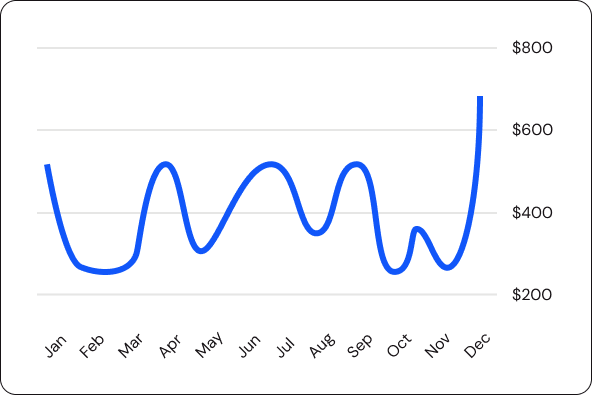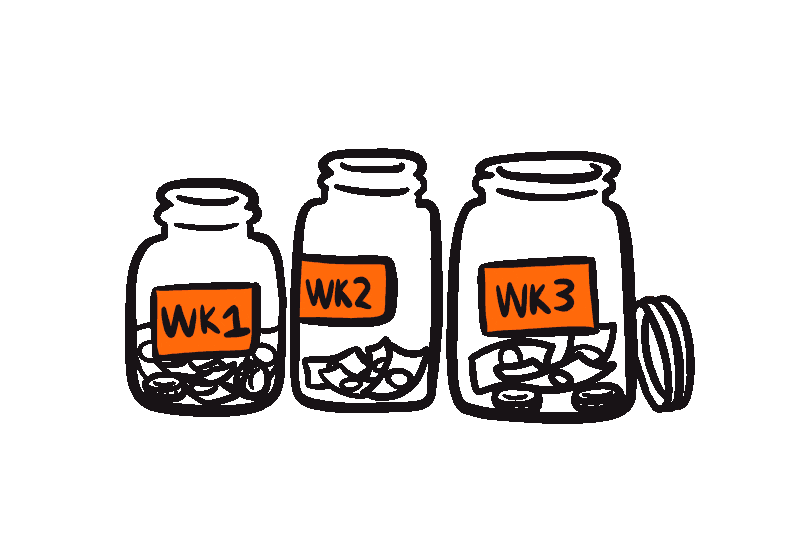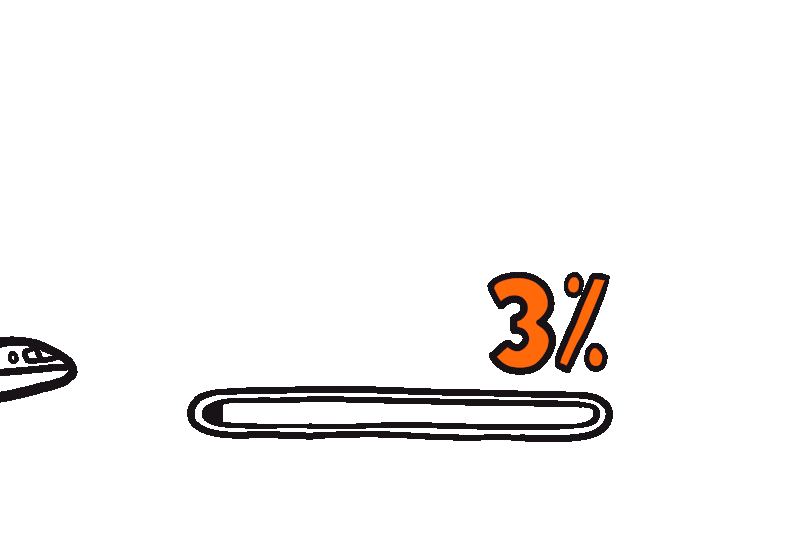
.webp)
.webp)
.webp)

.png)
It’s important to find out what airports in Bali you can fly to when planning your trip.
When jetting off to Bali, you’ll likely be landing at I Gusti Ngurah Rai International Airport (DPS). As your gateway to the island, it’s close to popular destinations like Kuta, Seminyak, and Jimbaran.
Leave upfront costs behind

Lock in today's prices

Flexible payment plans

Pay in full before you fly
.webp)
.svg)
Popular Bali flight routes
When you're flying from Australia, you'll find plenty of direct routes to Denpasar (DPS), Bali's main airport. Major cities like Sydney, Melbourne, Brisbane, Perth, and Adelaide are your prime departure points. Even Gold Coast and Newcastle are getting in on the action with direct flights now – making it easier than ever to find a direct path to paradise.
If you're flying from North America, you'll need to have a stopover, with Singapore, Hong Kong and Seoul being popular layover cities.
- Jakarta to Bali (CGK-DPS)
- Kuala Lumpur to Bali (KUL-DPS)
- Singapore to Bali (SIN-DPS)
- Sydney to Bali (SYD-DPS)
- Melbourne to Bali (MEL-DPS)
- Perth to Melbourne (PER-DPS)
- Seoul to Bali (ICN-DPS)
Bali weather and climate
Bali is situated close to the equator enjoys a tropical climate year-round, which basically means it's always warm! Since its always warm, the key difference throughout the year in weather is between the dry and rainy season.
Dry Season (May - October):
This is prime time for sunshine. Expect mostly clear, sunny days, perfect for beach hopping, surfing, and sight seeing. Temperatures usually hover around 27°C to 32°C/80°F-90°F. It can get busy during the dry season, but for good reason!
Wet Season (November - April):
Don't let the name scare you! While there are more frequent, often heavy, tropical downpours (usually in the afternoon), you'll still get plenty of sunshine. The landscape is incredibly lush, and there are often fewer crowds (and cheaper prices). It's still warm and humid, so light layers are always a good idea.
Places to visit & stay in Bali
Bali is like a choose your own adventure, catering to every kind of traveller.
A few of the most popular spots are:
- Ubud (the cultural heart): If you're chasing spiritual vibes, lush rice paddies, yoga retreats, and amazing local crafts, Ubud is for you. Think monkeys, waterfalls, and delicious vegetarian food.
- Seminyak (chic & trendy): For a more upscale experience. Seminyak boasts boutique shopping, gourmet dining, swanky beach clubs, and vibrant nightlife.
- Canggu (surfer sanctuary): A bit more bohemian and rapidly growing, Canggu is a favourite for surfers, digital nomads, and those seeking trendy cafes, health-food spots, and a chilled-out beach scene.
- Uluwatu (cliffs & waves): Dramatic cliff-top temples, world-class surf breaks, and stunning panoramic ocean views. Perfect for sunset seekers, surf enthusiasts, and those looking for a more rugged, scenic beauty.
- Nusa Islands (island hopping adventure): Just a short boat ride away, Nusa Penida, Nusa Lembongan, and Nusa Ceningan offer pristine beaches, epic cliff views (hello, Kelingking Beach!), along with incredible snorkelling and diving.
Getting around Bali/transport options
Taxis, ride-sharing apps (like Gojek and Grab), and hiring scooters are popular options. If you're planning on exploring a lot, consider hiring a local driver for the day – it's often more affordable than you think and stress-free!




.webp)
.webp)
.svg)
.svg)



















